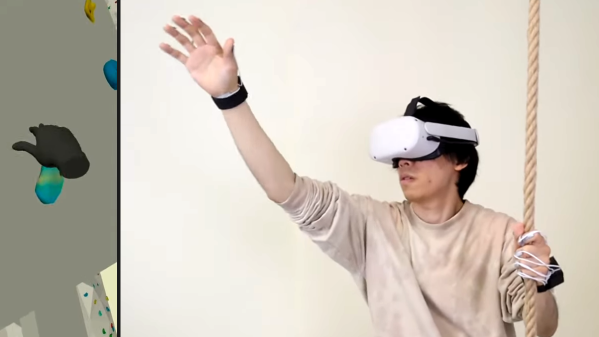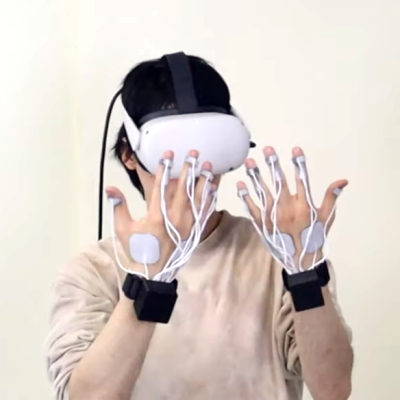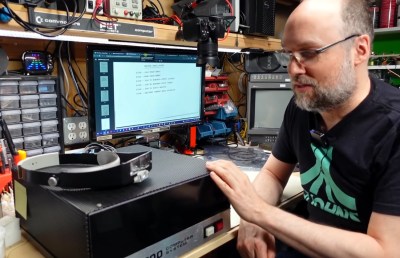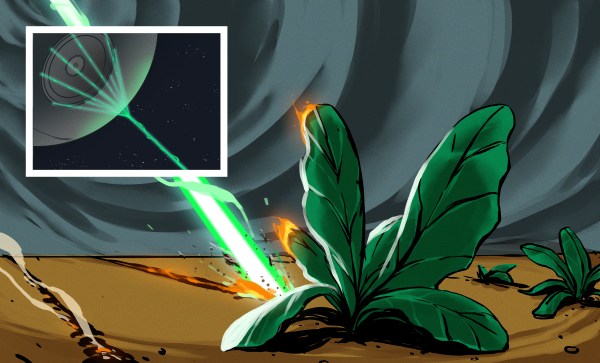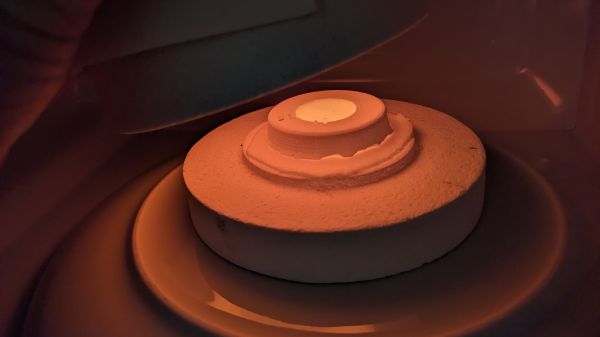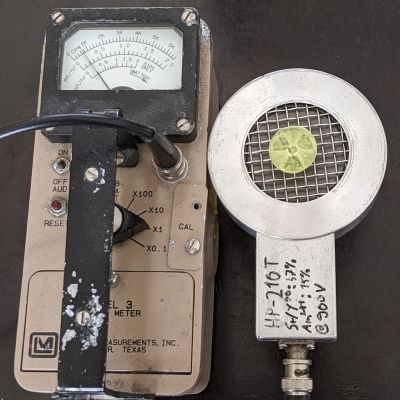Although we take a lot of scientific knowledge for granted today, each of the basics – whether it be about light, gravity, mass or the shape of the Earth – had to be theorized and experimentally verified. In the case of gravity, as far back as around 500 BCE the Ionian Greek philosopher Heraclitus theorized on the balance created by what we came to call ‘gravity’. Later, the Greek philosopher Aristotle coined his own postulations and Greek physicist Archimedes did research that led him to discover the center of mass. Centuries later, the Roman engineer and architect Vitruvius argued for the concept of specific gravity rather than mass alone.

Although scientific pursuits in this area ground to a halt in Europe during medieval times, the Renaissance saw a renewed interest in the topic, with newly published research performed on Leonardo da Vinci‘s notes showing that he appears to – unsurprisingly – have also created a number of experiments aimed at determining the properties of gravity. One of the major limitations of the 15th century was that many of the basic scientific tools we have come to rely on since the 19th century such as accurate clocks, along with many other products of advanced alloys and metallurgy simply did not exist. Da Vinci’s experiment in this context is nothing if not ingenious in its simplicity.
By the time of the European Renaissance, the Aristotelian concept of gravity as solely a factor of an object’s mass was dismissed by many in favor of a model that saw the motion of an object affected by its velocity and mass, also influenced by works published by Persian scholars. When Da Vinci set up his experiment, he focused specifically on the acceleration of the falling objects by pouring a large number of granules or possibly water droplets from a pitcher which was being pulled along a straight path. He theorized that if the pitcher was being accelerated at the same rate as the objects are accelerating due to gravity, it’d create a isosceles right triangle.
When the researchers ran his experiment and compared Da Vinci’s notes on the results, they realized that although he had made a mistake in his model, at the small scale this would not have affected the results, making it valid and an early precursor to what later be published by Isaac Newton in the 17th century.


